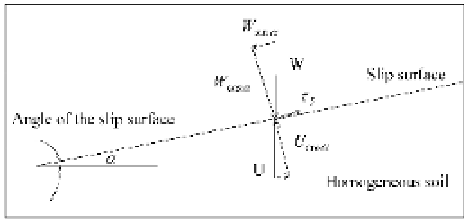Environmental Engineering Reference
In-Depth Information
occurred in 2008. At the east margin of the plateau river-bed incision has dominated the fluvial processes.
The slope of the stream banks increases with channel bed incision and is in a threshold state. Any further
increase in slope due to incision and disturbances from earthquakes or rainstorms may result in landslides.
Deep landscape dissection has produced high-relief, narrow river gorges, and threshold hill-slopes that
frequently experience large landslides, making the entire region highly susceptible to quake lake formation.
The landslide dams and their management are important in the morphological process. Essentially, incision
created the conditions necessary for landslide occurrences, but landslide dams and resulting quake lakes
in turn slowed or stopped river bed incision.
The essential cause of avalanches and landslides is the riverbed incision no matter if they are triggered
directly by earthquake or rainstorm. As shown in Fig. 4.21, as the river cuts into the bed below the
sliding surface, the sliding body loses the support of the sediment and rock at the toe of the sliding body
and the sliding body slides along the slip surface into the river. If the river bed was not incised to the
depth of the slip surface then the landslide would not occur. From the viewpoint of river training and
management, some landslides might be prevented if the riverbed incision were controlled.
Sliding body
Slip surface
Fig. 4.21
A stream cutting the bed below the slip surface and causing a landslide
4.2.1.2
A Simple Model of Landslides
The stability of the sliding body and the critical condition for landslide formation can be simply explained
using Fig. 4.22, in which
W
is the weight of the loading per area of the slip surface,
U
stands for the uplift
force resulting from pore groundwater pressure in the soil,
D
is the angle of the inclined slip surface,
'
tanI
is the frictional coefficient, and
W
is the yield strength of the material. Landslide will occur if:
'
W
sin
D
!
W
(
W
U
)
cos
D
tan
I
(4.1)
y
This method is appropriate in cases of translational landslides on gentle slopes and in homogeneous soils.
An earthquake may reduce the yield strength and the frictional coefficient suddenly and trigger many
landslides in a very short time.
Fig. 4.22
Stability of a sliding body and the critical condition for translational landslide on a gentle slope in
homogeneous soils
















































































































































Search WWH ::

Custom Search